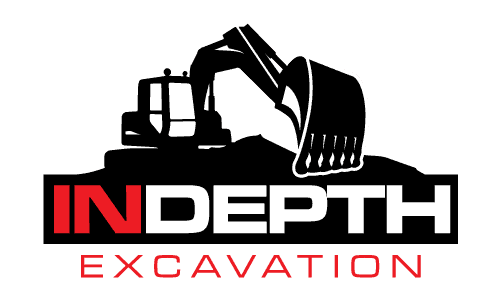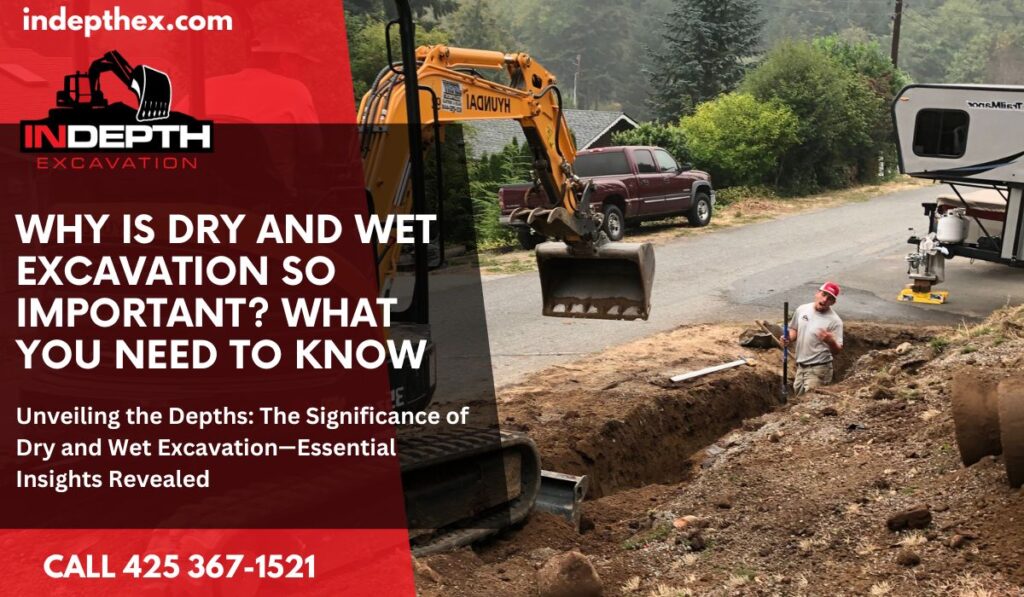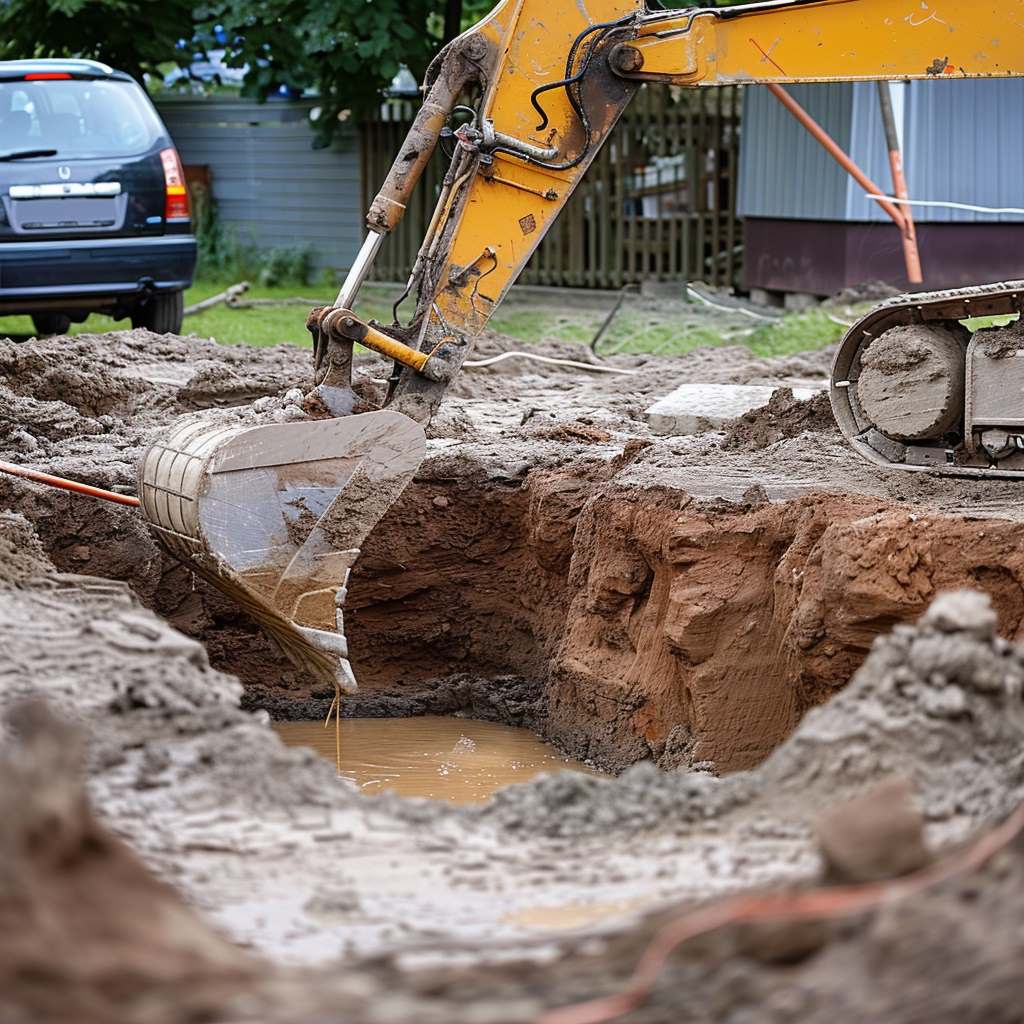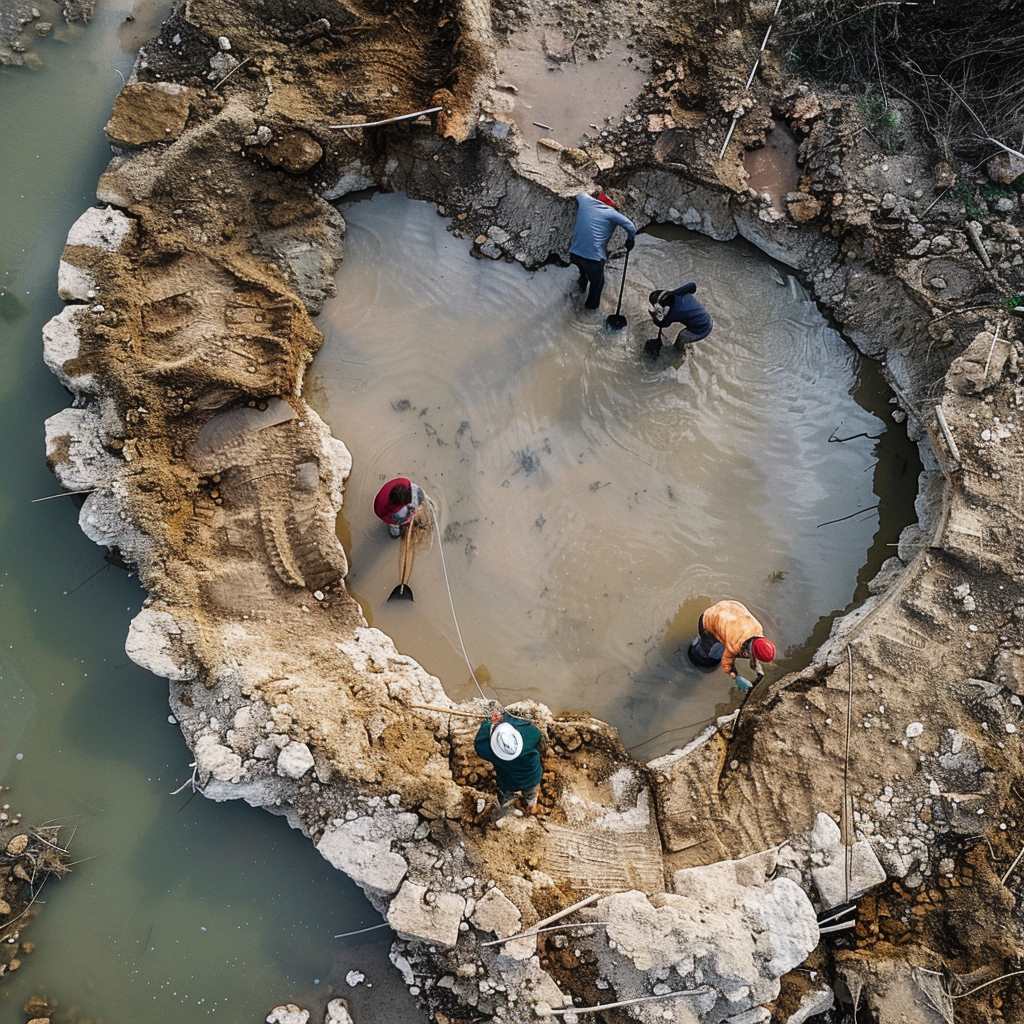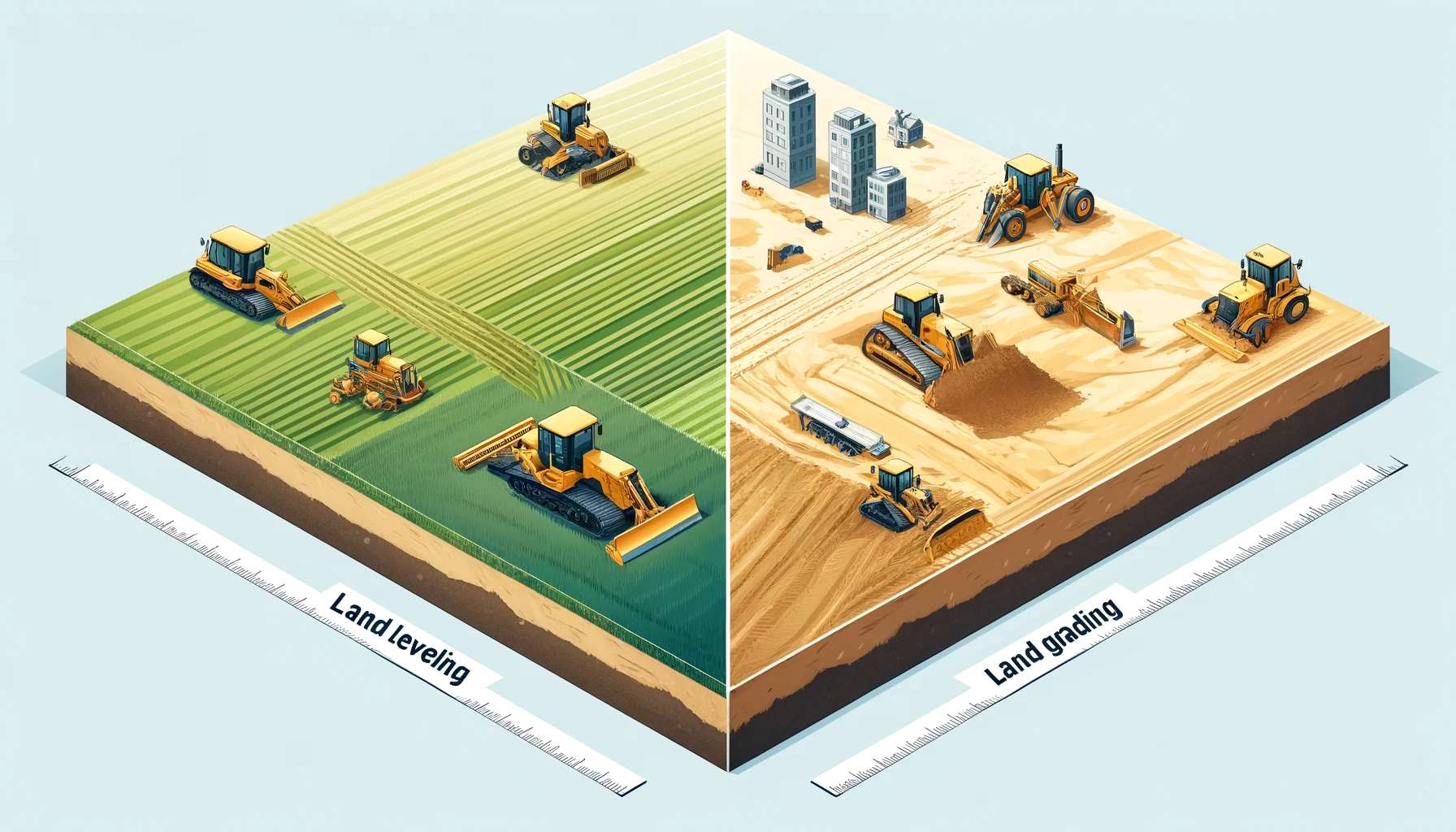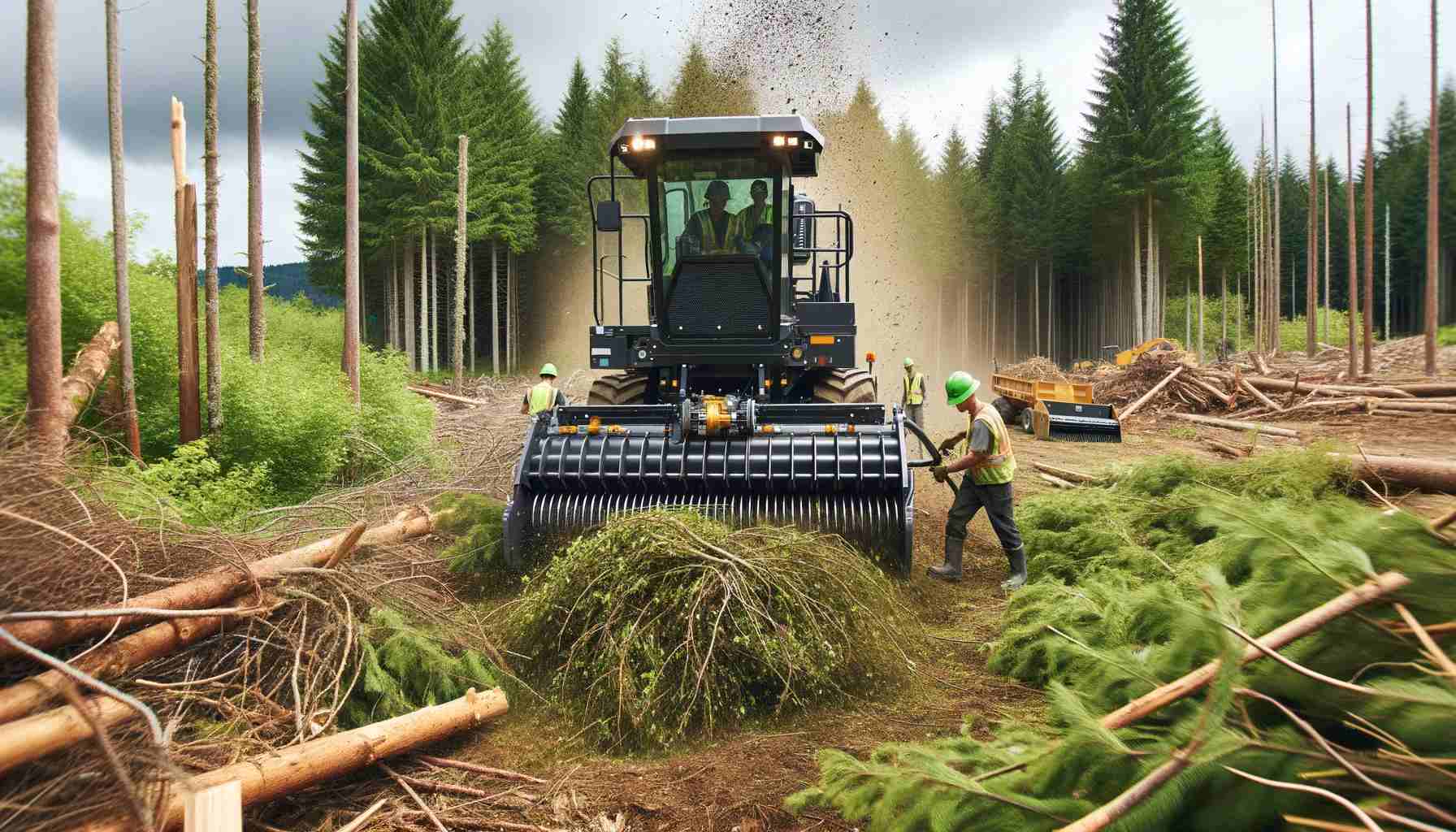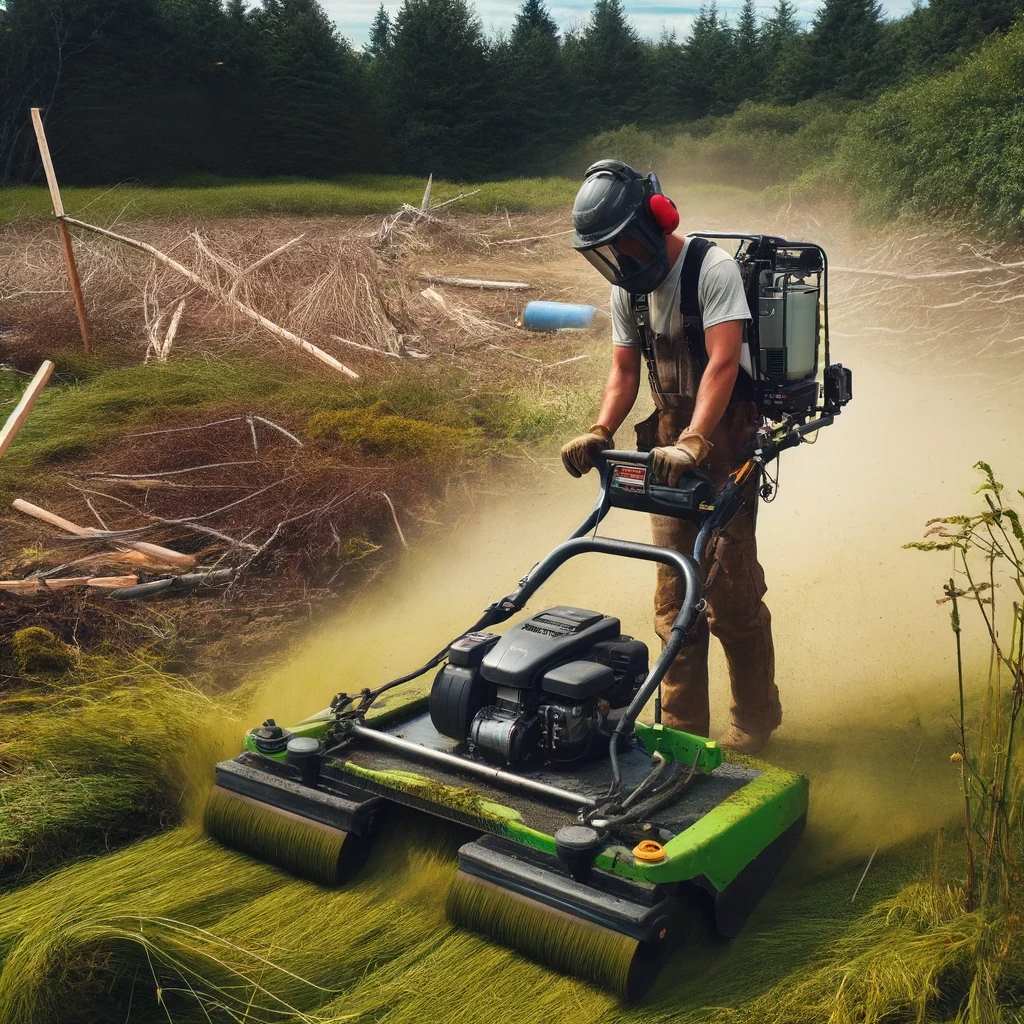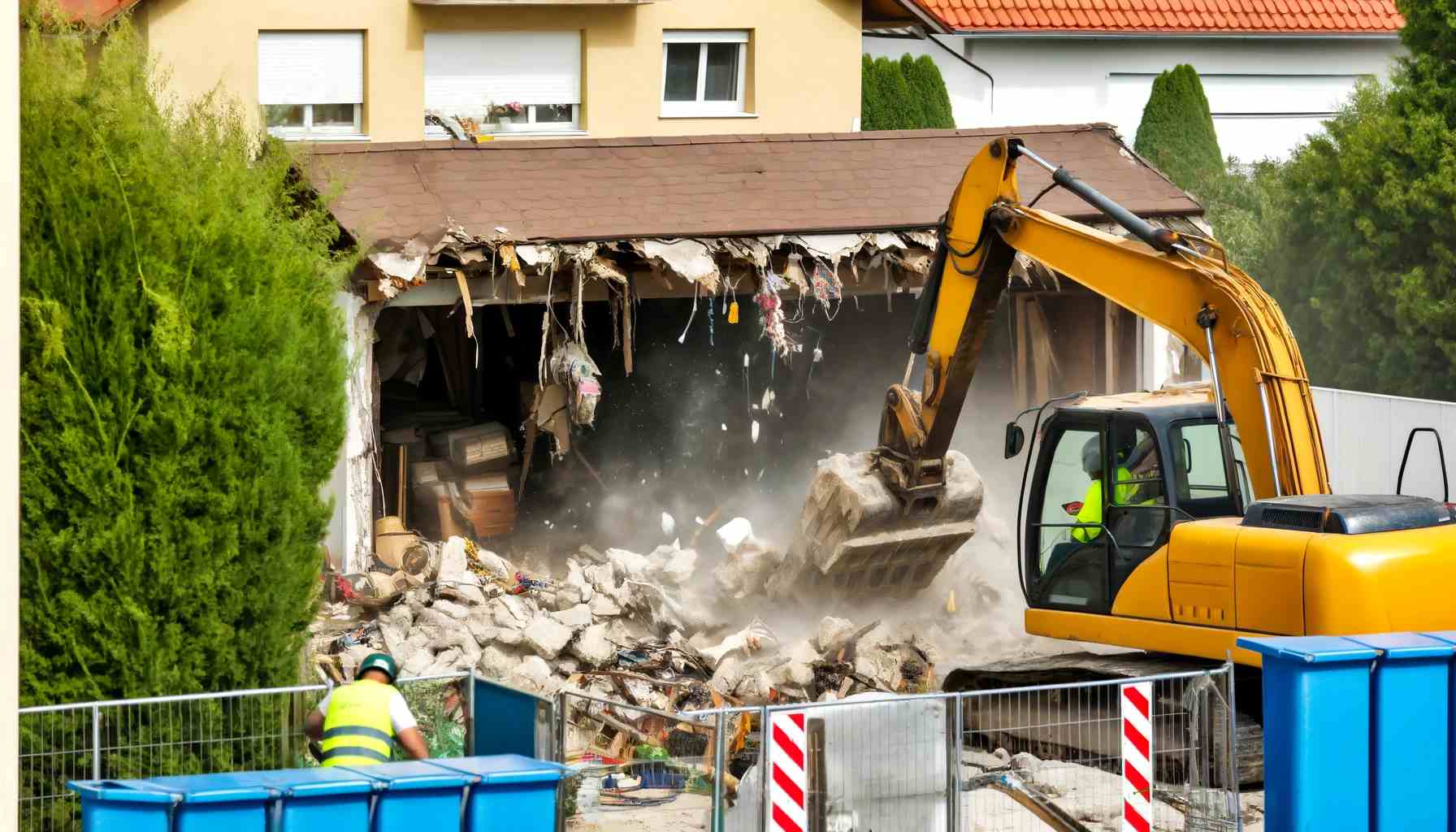
Why is Dry and Wet Excavation So Important? What You Need to Know
Giving you the benefits and knowledge for your next excavation project.
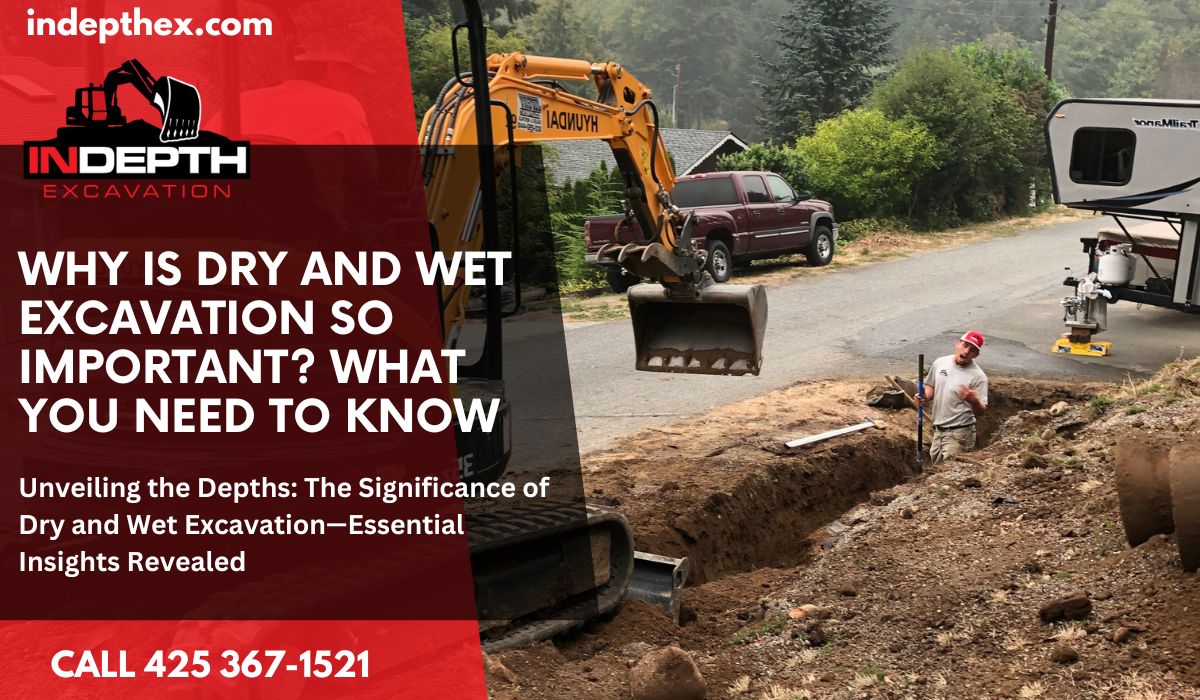
Unveiling the Depths: The Significance of Dry and Wet Excavation—Essential Insights Revealed
Excavation is a crucial aspect of construction and civil engineering projects, and it plays a vital role in ensuring the structural integrity of buildings and developing infrastructure. There are two primary types of excavation: dry and wet. This blog post will discuss the importance of dry and wet excavation and why understanding their differences is essential for successful project outcomes.
What is Dry Excavation?
Removing soil, rock, or other materials from a construction site without water is called dry excavation. Heavy machinery like excavators, bulldozers, and loaders carry out this excavation. The main objective of dry excavation is to create a stable and level surface for building or removing unwanted materials from the construction site.
Why is Dry Excavation Important?
Structural Integrity: Ensuring the structural integrity of the buildings and constructed infrastructure requires dry excavation. By creating a stable and level surface, dry excavation helps to prevent issues such as uneven settling, which can lead to cracks and other structural problems.
Safety: Dry excavation helps create a safe working environment for construction workers by removing potentially hazardous materials. Here is a more detailed article about “How Can Excavation Hazards Be Prevented“
Efficiency: Dry excavation can be a faster and more efficient excavation method compared to wet excavation, as it does not require water use.
What is Wet Excavation?
Wet excavation, on the other hand, involves using water to loosen and remove soil, rock, or other materials from a construction site. This type of excavation uses various methods, including hydraulic excavation, slurry wall construction, or high-pressure water jets. Wet excavation is necessary in areas with high water tables or when excavating difficult materials using dry methods.
Why is Wet Excavation Important?
Environmental Protection: Wet excavation can help to minimize the environmental impact of construction projects by reducing dust emissions and preventing the spread of contaminants.
Stability in Challenging Conditions: Wet excavation can be an effective method for dealing with challenging soil conditions, such as clay or silt, which can be difficult to excavate using dry methods.
Water Management: Wet excavation can help to manage groundwater levels during construction, preventing issues such as flooding or the destabilization of surrounding structures.
Understanding the differences between dry and wet excavation, and knowing when to use each method, is crucial for the success of any construction or civil engineering project. Both methods have advantages and are essential for ensuring the structural integrity, safety, and environmental sustainability of the projects they support.
By carefully considering each project’s specific conditions and requirements, construction professionals can choose the most appropriate excavation method to optimize project outcomes and minimize potential risks. Here is a few reasons why Proper Excavation is very Important in Construction.
Technology Boosts Wet and Dry Excavation, Leading to Improved Construction Projects.
Technology has significantly enhanced construction excavation processes, making them more efficient, accurate, and safe. Here are some ways in which technology has contributed to making construction excavation better:
- Surveying and Mapping: Advanced surveying tools, such as GPS (Global Positioning System) and LiDAR (Light Detection and Ranging), enable precise construction site mapping. GPS helps locate specific points and accurately measure distances, while LiDAR generates high-resolution 3D models of the site. These technologies eliminate the need for manual surveying and provide accurate data for excavation planning.
- Excavation Equipment: Modern construction equipment has become more powerful, versatile, and automated. Excavators, bulldozers, and backhoes have advanced control systems, sensors, and telematics that improve accuracy and productivity. For example, computerized grade control systems allow operators to excavate to precise depths and slopes, reducing errors and rework.
- Drone Technology: Drones equipped with cameras and LiDAR sensors can capture detailed aerial imagery and generate accurate 3D models of construction sites. These models assist in project planning, volume calculations, and identifying potential hazards or obstacles. Drones also provide real-time monitoring of excavation progress, enhancing project management and reducing manual inspections.
- Virtual Design and Simulation: Building Information Modeling (BIM) software enables the creation of detailed virtual models of construction projects. Excavation is simulated and optimized within the digital environment, allowing engineers to virtually identify potential clashes, optimize site utilization, and plan excavation sequences. The virtual simulation reduces errors and delays during actual excavation.
- Augmented Reality (AR): AR technology superimposes virtual information onto the real world, aiding excavation processes. It can provide real-time visualizations of underground utilities, such as pipes and cables, helping excavators avoid accidental damage. AR can also overlay design plans onto the construction site, assisting workers in accurately following excavation guidelines.
- Machine Learning and Artificial Intelligence (AI): AI algorithms can analyze vast excavation data, identify patterns, optimize workflows, and predict potential risks. Machine learning models can automatically detect and classify subsurface objects or utilities from ground-penetrating radar or sonar data, improving safety and reducing manual effort.
- Remote Monitoring and Control: With the advent of the Internet of Things (IoT) technology, construction excavation sites can be remotely monitored and controlled. Sensors placed on equipment, excavation walls, and surroundings can capture real-time data on parameters like vibrations, slope stability, and air quality. Remote sensoring enables early detection of potential hazards and allows for timely intervention.
- Safety Enhancements: Technology has significantly improved safety in excavation processes. Wearable devices, such as smart helmets or vests, can monitor workers’ vital signs, detect falls, or provide real-time safety alerts. Furthermore, automated systems can detect potential collapses or hazardous conditions in excavations, triggering alarms or evacuations.
Technology has revolutionized construction excavation by streamlining processes, improving accuracy, reducing risks, and increasing productivity. These advancements enable construction projects to be completed more efficiently, with fewer errors and delays, ultimately benefiting construction companies and clients. Here are a few more reasons why Excavation is so Important
In-Depth Excavation is your #1 excavation contractor.
For all your excavation needs in Snohomish, Marysville, Everett, Monroe, and surrounding areas of Snohomish County, contact In-Depth Excavation. We specialize in providing top-notch excavation services. Contact us today to discuss your project requirements.
We are ready to assist you with your excavation needs, regardless of whether it’s a sizable commercial venture, construction for a new home, or a home remodeling project. Don’t hesitate to reach out to us whenever you require our services. We are happy to arrange a complimentary estimate for you. Contact us at your convenience at (425) 367-1521.
